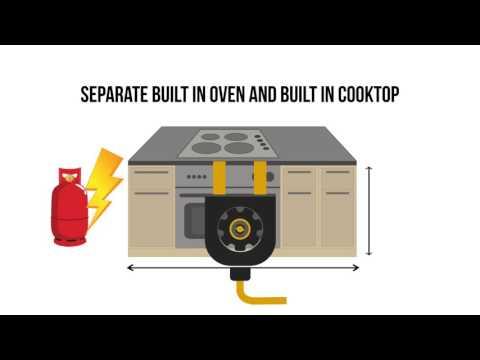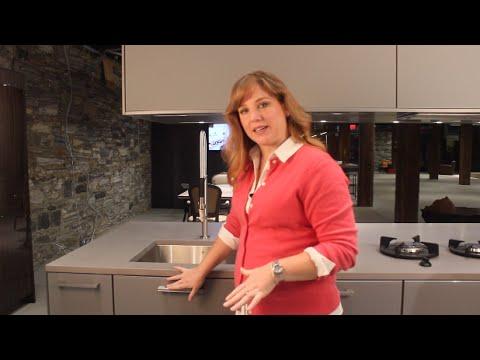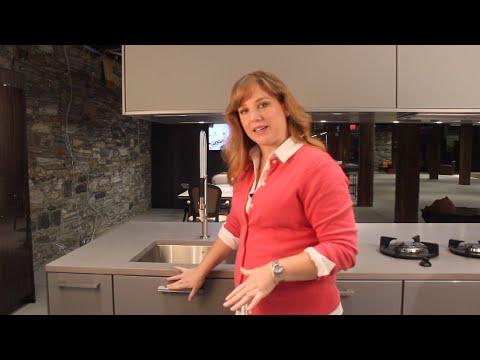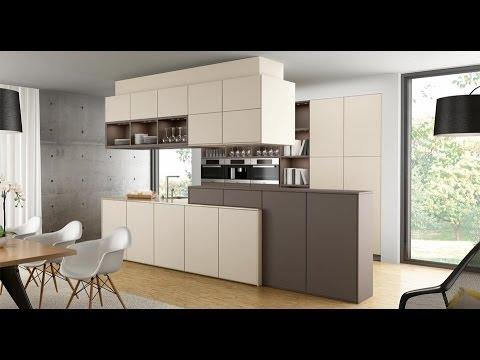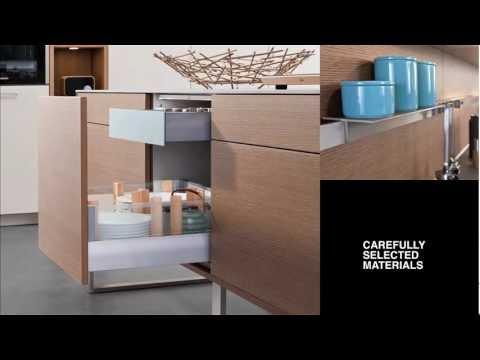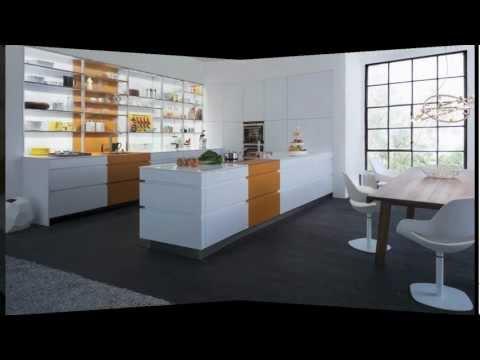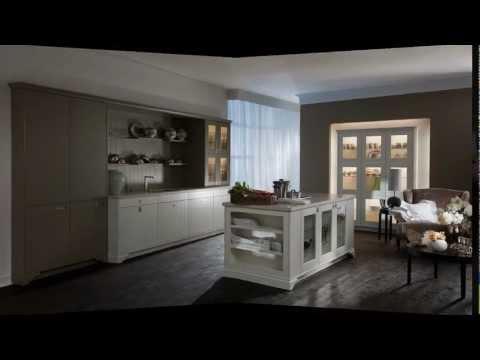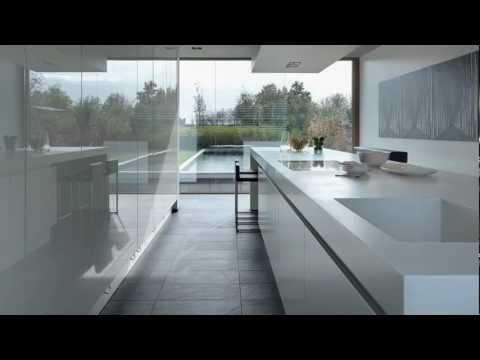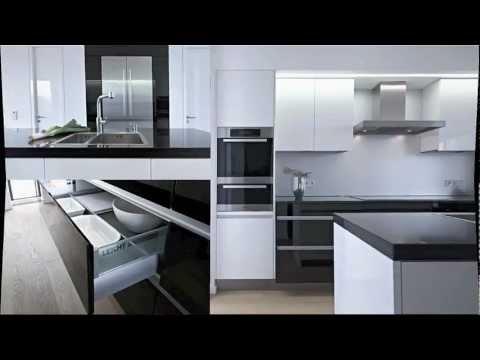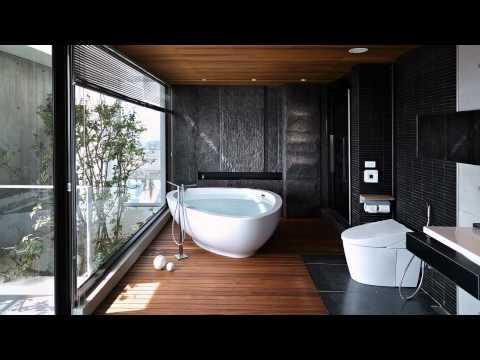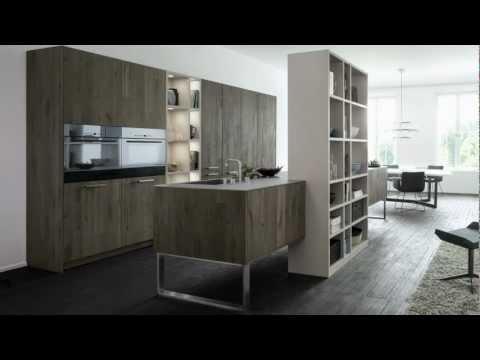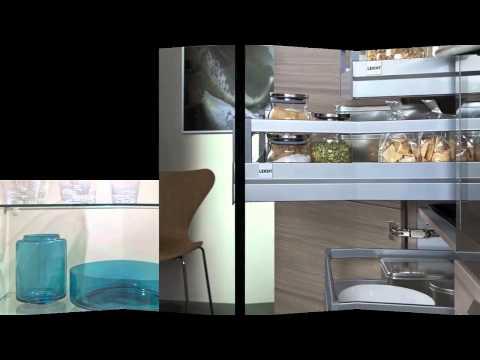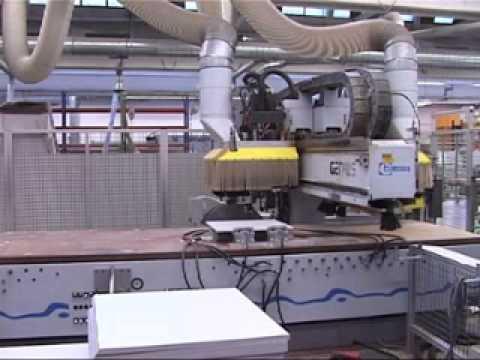Selecting Your Kitchen Appliances
Kitchen Purchasing Guide: Selecting Your Appliances
Your cabinetry may be the dominant element in your kitchen, but appliance selection should never sit on the back burner (no pun intended). Kitchen design requires understanding technical specifications, and this is especially true with appliances. Since the kitchen’s usability is greatly impacted by your appliances, we hope to clarify the process in detail.
Step 1: Determine Your Budget
Decide how much you are able to spend on your appliances. This can have an enormous impact on the overall cost of your kitchen. Like the cabinet and countertop finishes, your appliance budget gives you a great deal of control over the kitchen’s total cost.
Prioritize which functions are most important to you. Since the refrigerator is the most frequently used appliance, you may not want to scrimp here. Certain appliances are more like luxuries. If you are a coffee lover, and you can fit a built in espresso machine into your budget, go for it!
Step 2: Decide On Kitchen Style and Functionality
Consider appliance styles and how they would compliment the rest of your kitchen. It is recommended to use appliances of the same brand, but this is not a must. Look for colors that compliment the cabinetry. Are you looking for sleek modern appliances, or something more traditional?
Your habits will determine what you need the appliances to do. If you entertain a lot, a warming drawer near your stove can be useful in keeping food ready to serve. Do you need a high wattage microwave? Depending on the type of meals you prepare, you may want to install a steam oven in addition to a conventional oven - or even a combination unit.
Another thing to consider is the height of all household members. You will want to purchase and install appliances that all the adults can reach. This brings up another point- safety. Do you have young children in the household? Most children who get injured in the kitchen do so by touching hot pots and spilling hot liquids from the stove, so it’s a good idea to keep burners out of their reach. Induction cooktops are cool to the touch since they use a magnetic field for heat.
Another design choice greatly affecting the kitchen cost is whether appliances are built in or freestanding. Built in appliances, like the refrigerator and wall oven, are space-efficient concepts often seen in modern kitchens. While very convenient, this option usually costs quite a bit more than freestanding appliances.
Step 3: Choose The Appliances Sizes
The size of your appliances may depend on your preference or the kitchen space itself. Smaller kitchens tend to feature smaller appliances. The size of your household is also a factor. Large families likely need larger refrigerators, dishwashers, and sinks. Likewise, a single person or couple who shops frequently might prefer a compact fridge.
Major appliances are offered in a size range. Measuring to make sure everything fits throughout the kitchen is a challenging task and you will likely need the help of a professional. If you are ordering a European kitchen, keep in mind that all measurements must be converted to the metric system.
Step 4: Run Through Final Plans with Kitchen Professionals
Once you have made some selections, you should work with your kitchen designer in order to determine the exact sizes and brands. Your contractor should double-check all specs to make sure measurements are perfect, especially if the appliance is offered only in metric dimensions. The same goes for plumbing details as well as electric wiring and gas lines.
Breakdown By Appliance Type:
Refrigerator
Refrigerators vary greatly in size and style. The main color choices tend to be white and stainless steel, though custom units often come in many colors. You may or may not need an outside ice and water dispenser. These things depend mainly on preference.
Then come practical considerations. Generally three configurations are available: stacked freezer on top, stacked freezer on bottom, and side by side. French door style refrigerators have become quite popular today, and feature the freezer drawer below. This option is convenient because the most accessed area is at chest height. As mentioned before, larger households usually need bigger refrigerators. If you shop mainly for fresh food you consume quickly or eat out a lot, a small size is ideal. Tiny kitchens also benefit from these compact refrigerators.
Function enhancements give the refrigerator improved usability for the chef. Certain models have chilled door shelves, since the doors are usually few degrees warmer than the fridge interior. Special drawers and vegetable crispers can also be temperature controlled.
Refrigerator sizes: 24, 30, 36, 42, and 48 inches
Oven and Cooktop
You will need to decide between a combination stove with burner units, or separate burners and a built in oven. The combination appliance is referred to as a range, in contrast with the separate cooktop which is built into the countertop.
Some people prefer the feel of a separate cooktop, but this option hinges on your kitchen’s layout as well as budget- cooktop burners are significantly more expensive. If you go with the separate cooktop, think about where it will be in relation to the prep areas and other appliances- will it make the cooking logistics more convenient? Also keep in mind that a built in wall oven will require a dedicated 220 volt electric line. A conventional range stove is better for smaller spaces and keeps the cooking activity in one area. Separate cooktops and wall ovens are better for larger kitchens, with the advantage of creating storage cabinets underneath burners.
The other main factor is whether you prefer gas or electric. Gas provides more direct heat and is the preferred option for many cooks, though you will need proper gas lines. Electric cooktops are more safe, though not as easy to control as gas burners and often heat more slowly. Induction ranges, the high end option, use electromagnetic currents to heat pans. As we touched on earlier, their surfaces stay cool to the touch even as food is heated. Induction ranges also heat up quickly and are energy-efficient.
Other factors to consider are the number of burners, type, and configuration. Also decide if you like the feel of a built in range hood for ventilation, or an exposed hood.
Oven and cooktop sizes: 24, 30, 36 and 48 inches
Sink
The sink is sometimes an afterthought for the new kitchen, but it pays to consider how it fits in with the overall kitchen design. It’s also helpful to choose the sink at the same time as the cabinets and countertop to ensure a coherent look.
In terms of fit, the sink can be installed in a few different ways. A traditional top mount (or drop-in) sink fits over the counter surface. An undermount sink is a more modern option which is attached beneath the countertop. Certain sinks also have an apron front panel, and these are usually larger models. A newer option called an integral sink has been gaining popularity. These sinks are actually part of the counter surface and are made of the same material. This facet again depends on your preference, but the choice should be well thought out because changing the sink later on, particularly for an undermount sink, can be difficult and costly.
Think about your habits before you settle on your new sink. If you use the sink often for both cooking and cleaning, you may want a separate basin. You can also choose add-ons like a dish drainer or cutting board. In terms of material, stainless steel is a popular option. But you may also choose acrylic, quartz, or even glass.
Microwave
Choosing the microwave is more straightforward than some other appliances. Microwaves come in a variety of sizes and wattages, so consider how often you cook with this appliance to decide on how large or powerful you need it to be. Built in microwaves are convenient and save space on the countertop, but detract from cabinet space.
A speed oven combines convection and microwave heating into one appliance. The size and appearance is more like a microwave, while this appliance is able to roast and brown a meal very quickly and efficiently.
Dishwasher
You can expect to have your dishwasher for an average of 14 years, so it really pays to invest wisely in this appliance. Dishwashers today are quieter, cleaner and more energy efficient than in decades past, and many of the modern designs are super sleek.
In terms of size, consider how much cooking you do and how often you will need to load the dishwasher. If there is room in your budget, purchase a quieter model. Loud clunky dishwashers can prove to be a disturbance, especially if they are near a bedroom or television.
The dishwasher facade can be made from a variety of material, including stainless steel, acrylic composite, lacquer and laminate. Modern kitchens are now featuring built in dishwashers that integrate seamlessly with adjacent cabinets to appear virtually invisible. The result basically looks as if the appliance is not even there. Expect to pay a higher price though if you want the dishwasher to match the kitchen facade this way.
Other
These miscellaneous items are optional depend mainly on your budget and preferences. Consider the ones you think will compliment your own routine the most.
- Integrated Coffee Maker
- Steam Oven
- Wine Cooler
- Ice Maker
- Separate Freezer
- Warming Drawer












